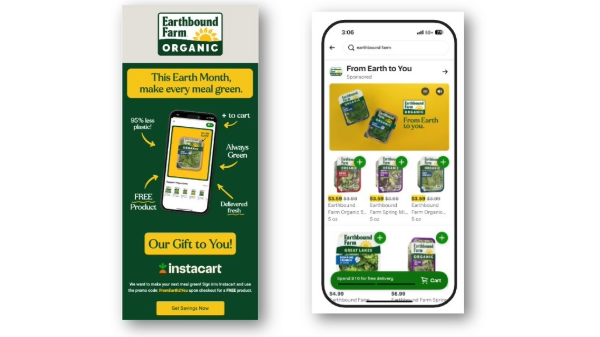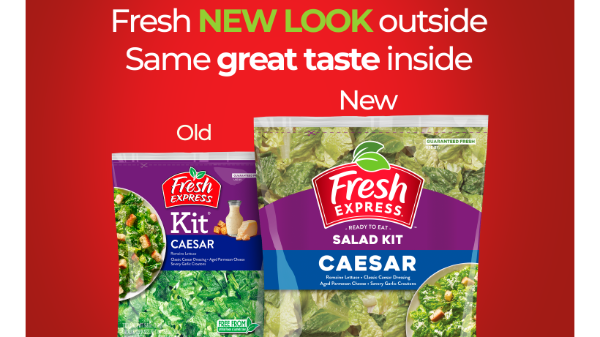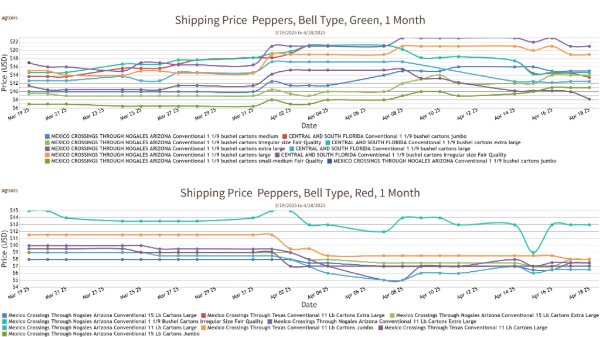Welcome to Blue Book!
Are you ready to join the thousands of companies who rely on Blue Book to drive smarter decisions? View our plans and get started today!
Still have questions? We’d love to show you what Blue Book can do for you. Drop us a line– we’ve been waiting for you.

Durante says the entire category of tropical fruit continues to enjoy an uptick in popularity. “Oh absolutely—it used to be bananas but not pineapples and mangos,” he explains, but today, consumers are much more interested in trying exotic fruits and using tropicals in smoothies or for snacks.
Mandolini believes this is not just attributed to demographics, but also to cooking shows and increased travel, with consumers wanting to duplicate ethnic specialties and meals, incorporating new and previously rare produce, or visiting new restaurants to experience exotic dishes. Chefs are becoming more adventurous, incorporating more unique or hard-to-get ingredients, many previously unavailable in Chicago or even the United States. “It’s a very positive thing,” he notes.
Some chefs are even going so far as to form partnerships with local growers or greenhouses to source their own ingredients—mostly vegetables and herbs— but most still need the wholesalers for the bulk of their fresh produce
supply.
Sourcing and Shortages
At La Galera Produce, LLC imports from Mexico have climbed, which sales manager José Vega attributes to the scarcity of some produce that is usually sourced from other states. “We’ve seen an increase in lettuce because there has not been enough in Arizona or California.” Vega also cites still climbing demand for both avocado and tomato imports, as well as mangos, limes, and lemons.
Seasonal locally-grown produce is also a major draw, not just from Illinois but the entire Midwestern area. Though the state has a “Buy Illinois Pledge” program, quantities are often limited and smaller growers sell direct to retailers or consumers.
Strube says local demand is more about the region than the state. “It’s not so much just Illinois, but spread from Michigan to Wisconsin to Indiana,” he explains. “If we don’t have it, then something from Indiana will be just as good. Mariano’s [stores] are going after local hard, but it’s difficult to be too local—locally grown is good for summer.”
Mandolini says little of their product is truly local. “For our company no, as we are primarily handling produce grown outside of Illinois, although we do recognize the local phenomenon gaining ground, and a lot of people wanting local goods.
We more often work with California, Washington, Oregon, Texas, Florida, and on the import side,” Mandolini explains, adding, “But we also carry Southern Illinois peaches, and apples from Michigan and Wisconsin, so we do carry product out of the Midwest.”








